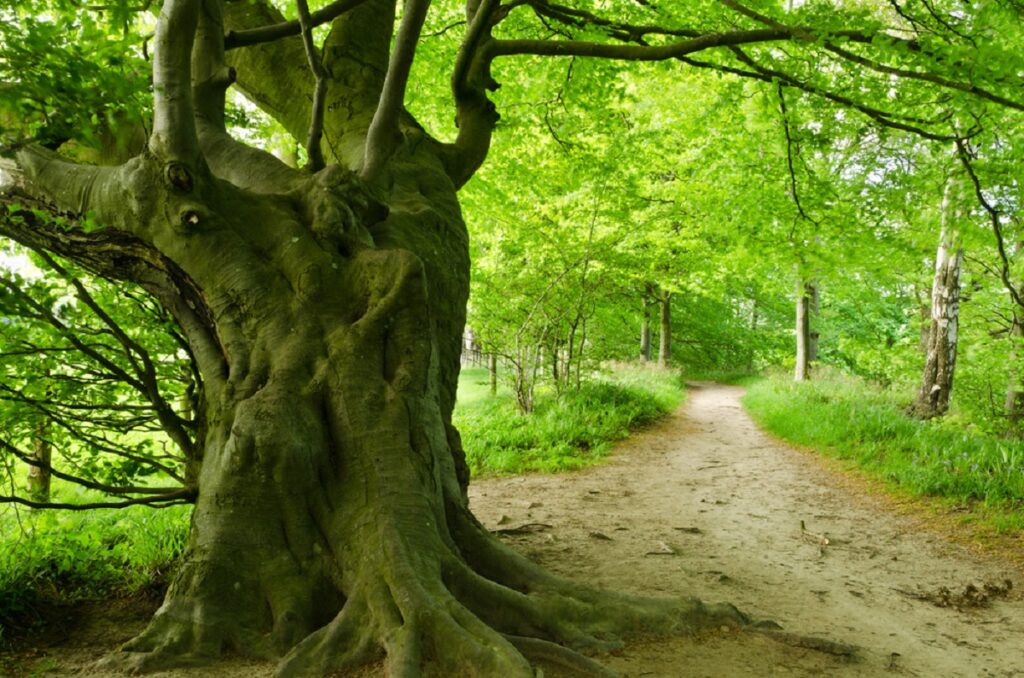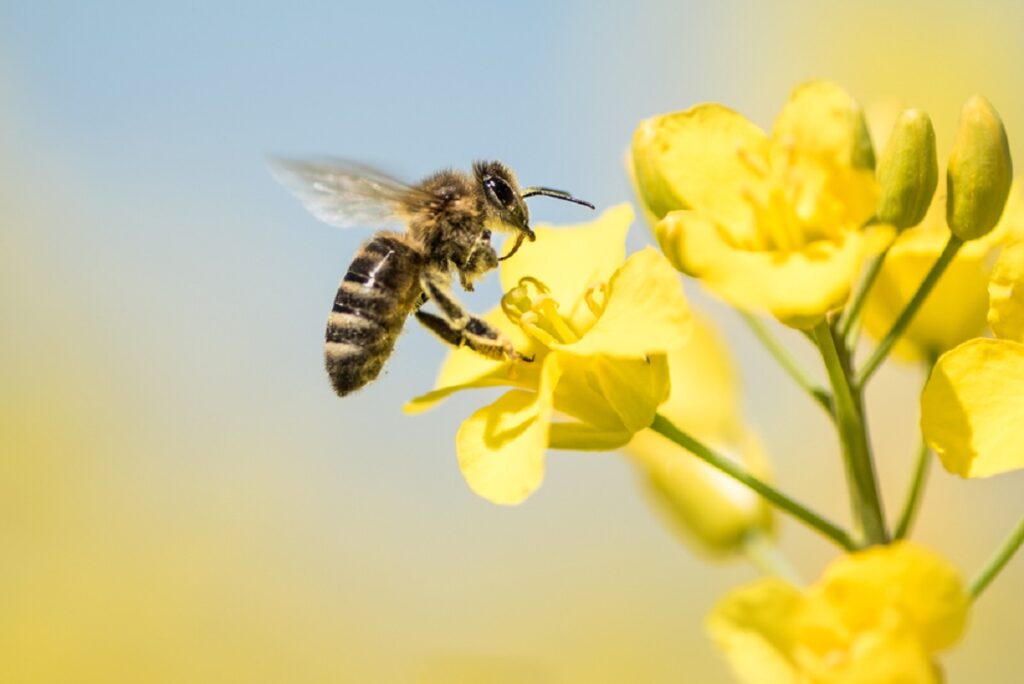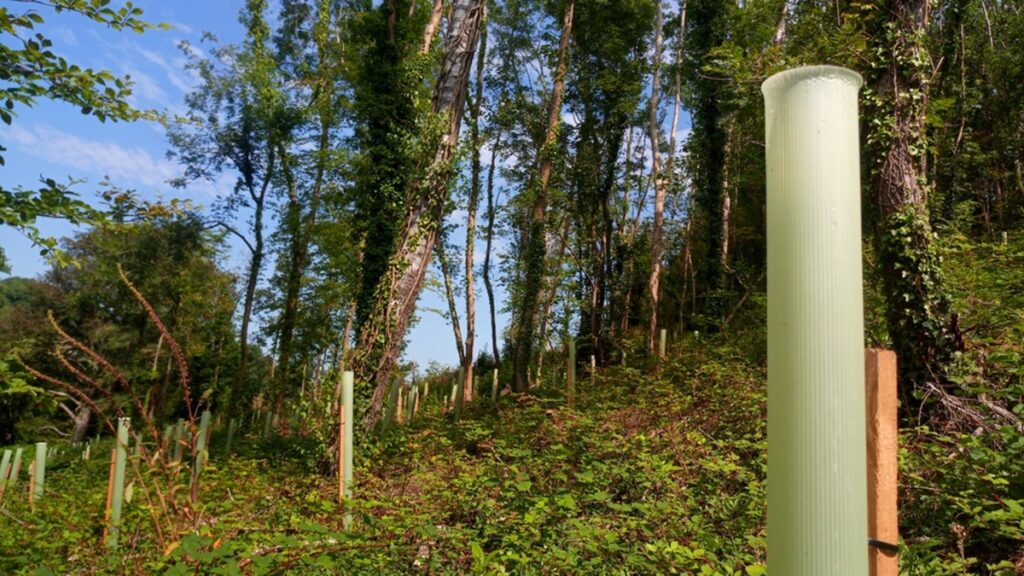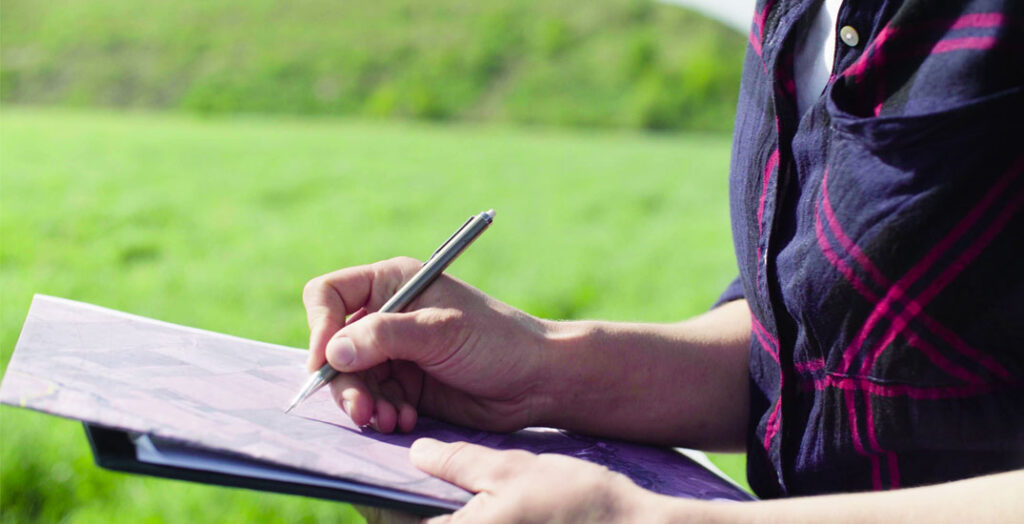Environmental Improvement: Biodiversity Net Gain in Leeds
The introduction of biodiversity net gain (BNG) into UK planning law through the Environment Act 2021 represents one of the most significant changes to development in decades. The goal is that every new development in Leeds must leave the natural environment in a measurably better state than before, with at least a 10% net gain in habitat value.
Since February 2024, this has been a legal requirement for most planning applications, with only a few exemptions. For developers, landowners, and planners, meeting biodiversity net gain legislation is now an essential step in the planning process.

Assess a site’s Biodiversity Value
In practice, this means that before planning permission can be granted, developers in Leeds must work with qualified ecologists to assess the existing value of their site in terms of biodiversity and forecast its value post-development. The difference between these two figures determines whether on-site habitat enhancements, off-site biodiversity units, or a mix of both will be needed to meet the mandatory 10% uplift in the long term.
The results from these ecological reports must be evidenced in a clear biodiversity net gain plan which will need to be approved by Leeds City Council (or relevant local planning authorities) in order for planning permission to be granted.

Leeds’ Natural Environment and Protected Habitats
Leeds in Yorkshire combines urban development with extensive green infrastructure, including woodland, moorland, river corridors, and semi-natural grassland. The Aire and Wharfe valleys are important ecological networks, home to species protected by legislation such as bats, otters, great crested newts, water voles, and a wide range of birdlife.
The city also benefits from designated nature reserves and priority habitats within the Leeds Habitat Network. These areas are critical for biodiversity and must be considered in any BNG assessment. Because of these ecological assets, biodiversity net gain plans in Leeds must be carefully designed to protect sensitive habitats, protected species and local wildlife sites while enabling sustainable growth.
Local policies, including Leeds City Council’s Core Strategy and Green Infrastructure Strategy, place a strong emphasis on ecological connectivity, habitat restoration, and climate change resilience. Developers should therefore expect their BNG proposals to be reviewed in light of these priorities.
How Biodiversity Net Gain is Delivered in Leeds, West Yorkshire
The process begins with a baseline habitat survey, undertaken by an ecological consultant using the latest version of the government’s statutory Biodiversity Metric tool. This survey records habitat types, size, condition, distinctiveness and ecosystem services, creating a quantified “biodiversity unit” score for the site pre-development.
Proposed development projects are then analysed to calculate the post-development biodiversity value, taking into account habitat creation, enhancement, and management proposals. If there is a shortfall in biodiversity units, developers must identify mitigation strategies. Leeds City Council prioritises on-site delivery wherever possible, through measures such as native planting schemes, new ponds or wetlands, species-rich grassland, green roofs, and wildlife corridors.
Where on-site delivery is not feasible, off-site biodiversity units can be purchased from registered providers or a habitat bank, ideally within Leeds or the wider West Yorkshire region.

The Role of Leeds City Council and Local Nature Recovery Strategies
Leeds City Council is committed to aligning biodiversity net gain delivery with the West Yorkshire Local Nature Recovery Strategy. This means that BNG proposals should contribute to habitat networks, flood resilience, and climate adaptation. The council also applies the mitigation hierarchy: avoid habitat damage wherever possible, minimise unavoidable impacts, and compensate for any residual losses.
A successful biodiversity net gain plan in Leeds must demonstrate compliance with these principles, along with a 30-year management and monitoring commitment for all habitat improvements.
Preparing a Biodiversity Net Gain Plan for Your Development
Our ecologists prepare BNG plans in Leeds that meet both national legislation and local planning policy. The process typically includes a site visit for the baseline survey, Biodiversity Metric calculations, habitat creation design, and a detailed management plan. This ensures your development proposals can overcome any negative impacts at the design stage and proceed smoothly through the planning system.
We also liaise directly with Leeds City Council to ensure the BNG plan addresses local priorities and satisfies all regulatory requirements surrounding provision of a net gain for biodiversity. Where necessary, we can integrate biodiversity net gain with other ecological surveys, such as protected species assessments, to provide a complete package of ecological support for your project.

On-Site and Off-Site Solutions for Meeting the 10% Net Gain Target
Where on-site habitat creation is not possible due to site constraints, we can source off-site biodiversity units from trusted habitat banks. These units represent verified habitat improvements and can be secured within the Leeds district or, if necessary, further afield.
Our team manages the entire process, from finding suitable off site land sites to dealing with the other landowner if required. We will ensure that legal agreements regarding the 30 years time span for such arrangements are drawn up correctly and that reporting obligations are met.
Why Choose Our Ecology Consultancy for BNG in Leeds
We provide biodiversity net gain services not just in Leeds but across the UK. Our consultants have extensive experience of delivering compliant BNG plans that balance development needs with ecological protection. We work on development projects with landscape architects, developers working on major applications and small sites, and private householders on projects ranging from house building schemes to commercial developments.
We understand the planning process inside out: our highly qualified ecological consultants have an in depth knowledge of nature conservation, meaning that our reports are accepted by local authorities first time, reducing delays and additional costs for our clients.
As well as BNG surveys, we can handle all protected species surveys that you may need alongside your planning application, such as bat surveys, barn owl surveys and badger surveys as well as tree surveys and habitat surveys.
Get a Free Quote for Biodiversity Net Gain Leeds
If your development project in Leeds requires a biodiversity net gain assessment, we can help. We have many years experience in conducting these surveys in Leeds, West Yorkshire, and across the UK. From the first survey to final plan submission, we handle every step of the process, ensuring your development will deliver biodiversity net gain, comply with Natural England guidelines and the Environment Act requirement to leave the natural environment in a better state post-development.
For a free, no-obligation quote for a biodiversity net gain report in Leeds, contact us today for further information. We can arrange a site visit at a time that suits you and provide clear advice on the right biodiversity action to take to get your planning application approved.